Leading market players are investing heavily in research and development in order to expand their product lines, which will help the Extended Detection and Response market, grow even more. Market participants are also undertaking a variety of strategic activities to expand their global footprint, with important market developments including new product launches, contractual agreements, mergers and acquisitions, higher investments, and collaboration with other organizations. To expand and survive in a more competitive and rising market climate, Extended Detection and Response industry must offer cost-effective items.
Manufacturing locally to minimize operational costs is one of the key business tactics used by manufacturers in the global Extended Detection and Response industry to benefit clients and increase the market sector. In recent years, the Extended Detection and Response industry has offered some of the most significant advantages to medicine. Major players in the Extended Detection and Response market, including Bitdefender, Broadcom, Cybereason, Cynet, Fidelis Cybersecurity, McAfee, LLC, Microsoft, Palo Alto Networks, Red Piranha Limited, SentinelOne, and Sophos Ltd, and others, are attempting to increase market demand by investing in research and development operations.
A technology business called Broadcom Inc. (Broadcom) creates, develops, and provides a variety of semiconductor products and infrastructure software solutions. Storage adapters, controllers, and ICs, as well as wireless, wired, and optical products, are all part of the company's product line. Additionally, it provides cybersecurity software geared toward automation, enterprise, systematic cybersecurity, and factory automation, as well as mainframe and enterprise software. The business uses a network of distributors, contract manufacturers, original equipment manufacturers, and direct sales representatives to distribute its goods. Africa, the Middle East, Asia, Europe, and North America are all places where it conducts business.
San Jose, California, in the US, serves as the home base for Broadcom.
Computer security software is offered by the technology business Cybereason Inc. (Cybereason). The business provides threat detection for cyber security. It offers a platform for cyber security that includes full endpoint protection, detection and response, endpoint prevention, breach response, and defense against malware and ransomware attacks. Cybereason locates an attack component, connects it to other data, and locates the full campaign. It benefits business, professionals, and enterprises. The business offers small, medium, and big businesses a subscription model. It has regional offices in Tokyo, Japan; Tel Aviv, Israel; and London, United Kingdom.
The US state of Massachusetts' Boston is home to Cybereason's headquarters.
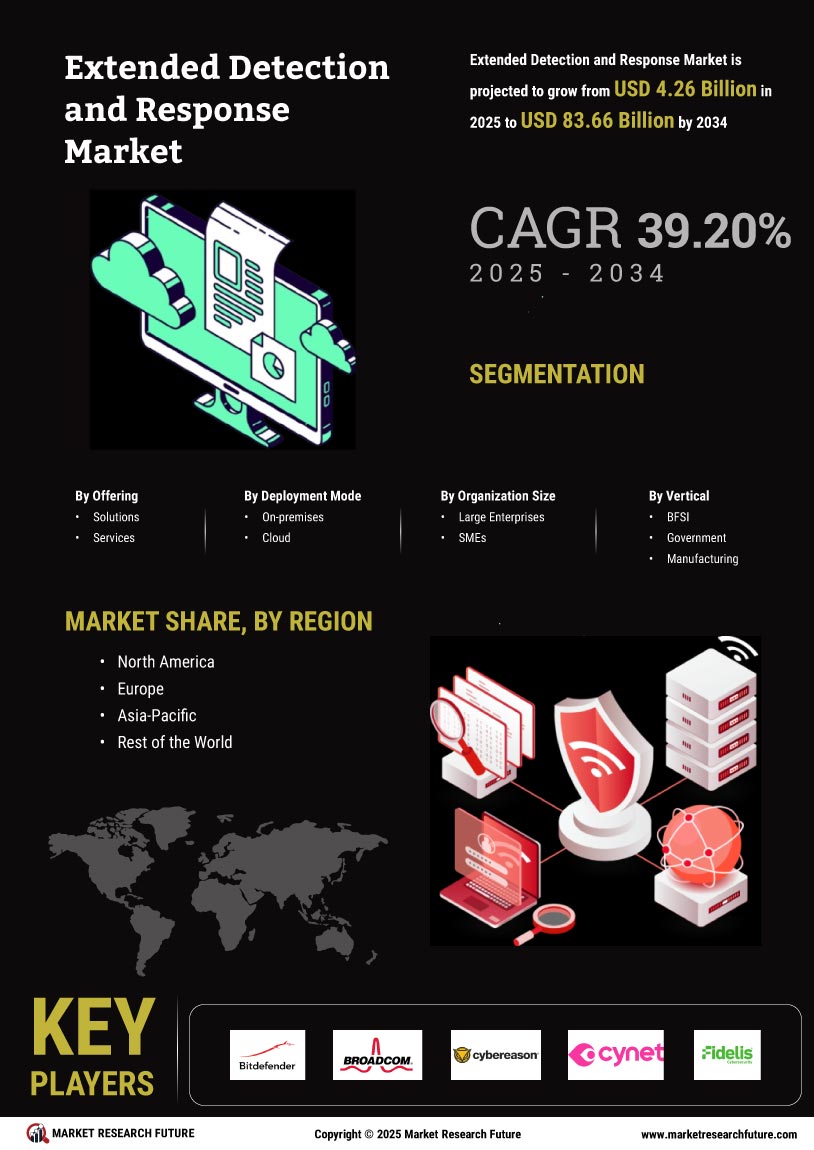

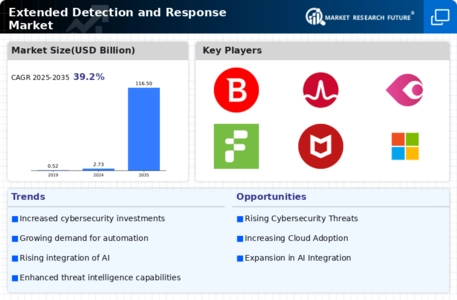
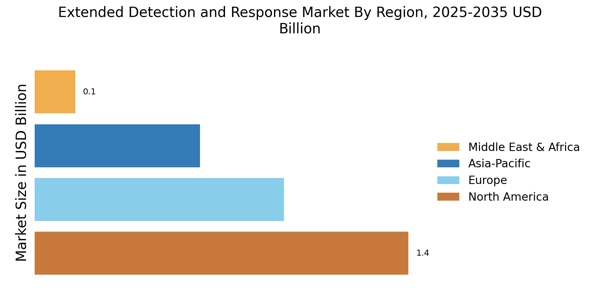

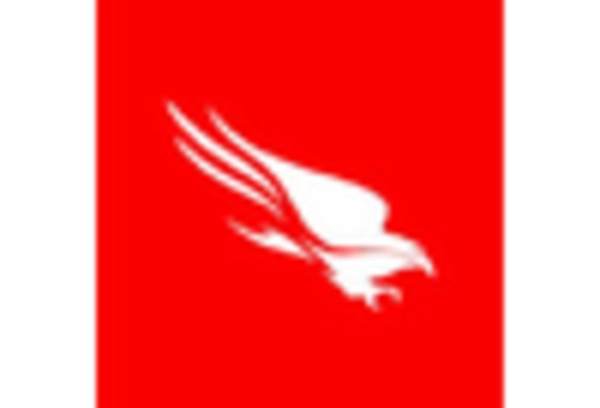



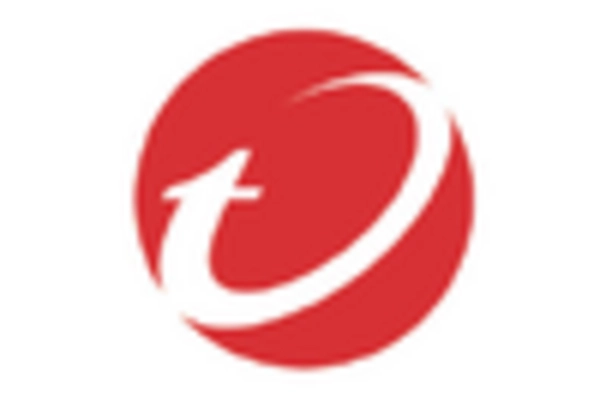








Leave a Comment